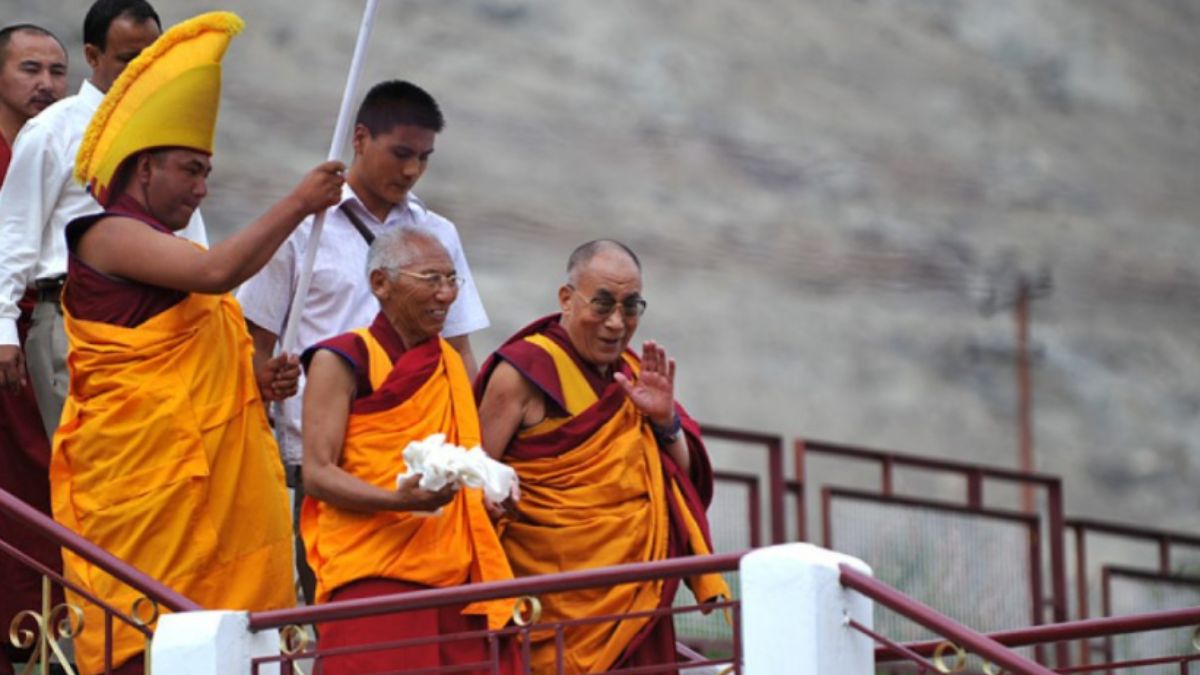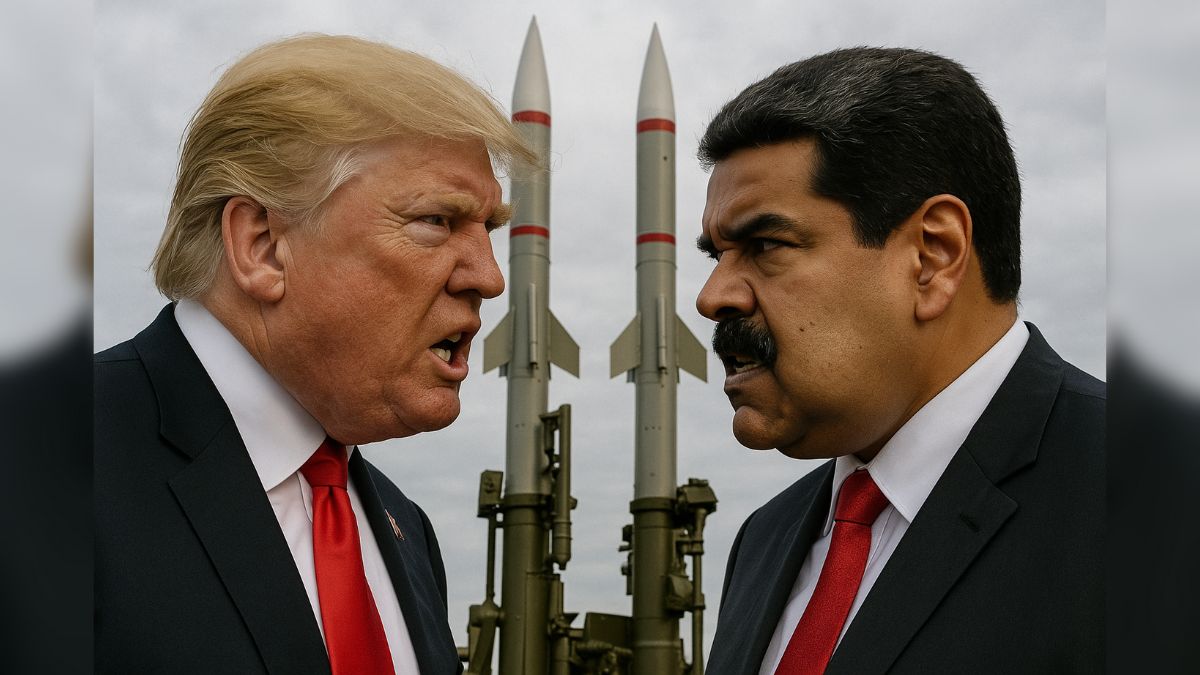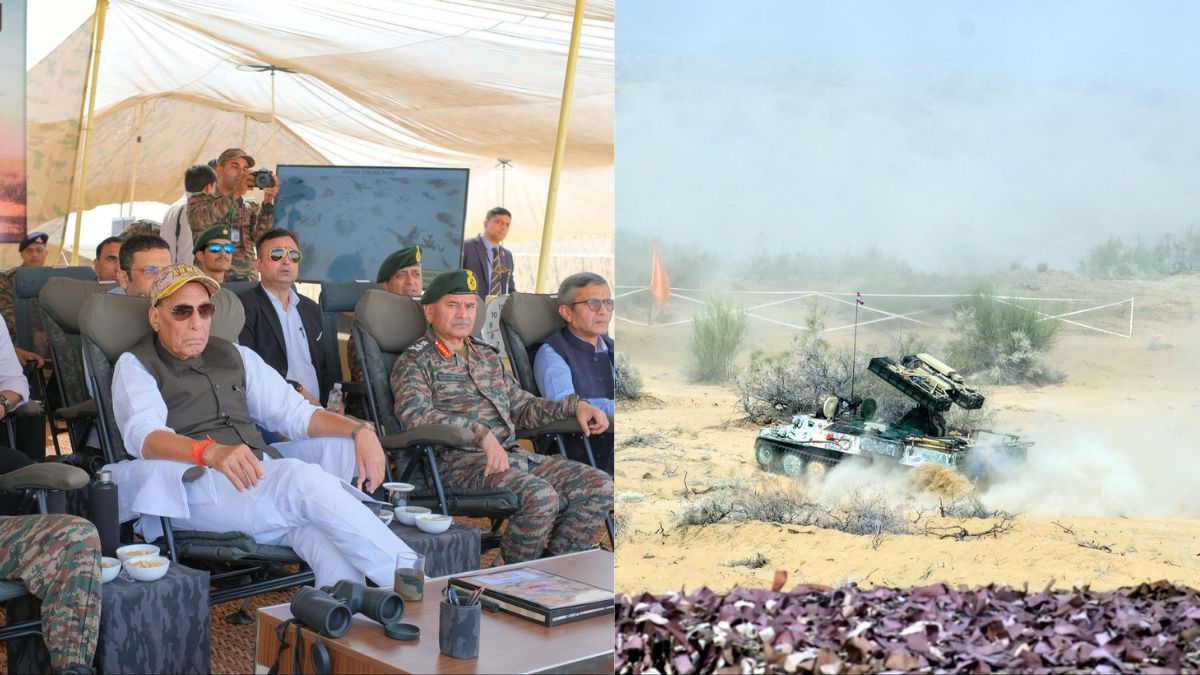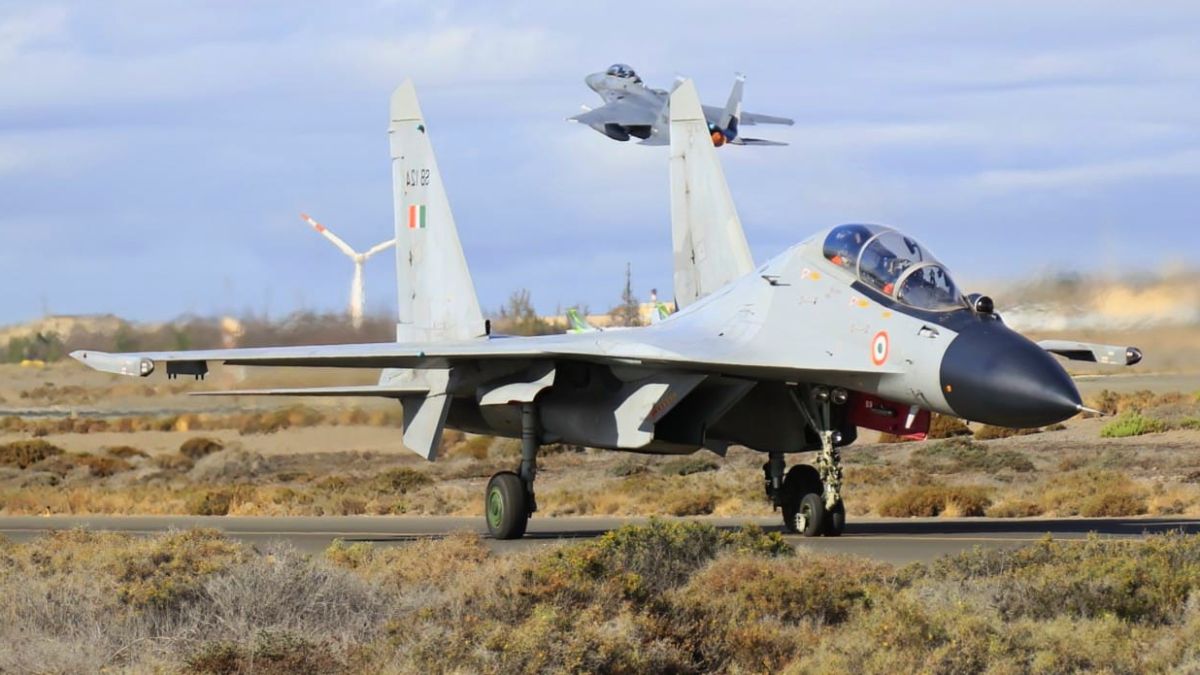Dalai Lama Arrives In Ladakh Aboard IAF’s C-130J: Testament To India’s Commitment To Tibet

The Dalai Lama arrived in Ladakh on the Indian Air Force's C-130J flight. Image courtesy: X.com
In a significant development underscoring India’s unwavering support for the Tibetan spiritual leader, the 14th Dalai Lama arrived in Ladakh aboard an Indian Air Force (IAF) C-130J Super Hercules aircraft. The high-profile visit, marked by both spiritual and geopolitical undertones, has drawn wide attention across the country and internationally.
The Dalai Lama, who has lived in exile in India since 1959, reached Leh on July 11, in a rare military transport flight from Himachal Pradesh’s Kangra region. The use of the IAF’s C-130J aircraft, known for its tactical airlift capability, highlights not just the high security accorded to His Holiness but also the Indian government’s logistical support and symbolic gesture of respect.
What is the significance of IAF’s C-130J transporting the Dalai Lama?
The Indian Air Force’s decision to deploy the C-130J Super Hercules aircraft for transporting the Dalai Lama is laden with significance. Typically used for military operations in challenging terrains, including the Siachen Glacier and Northeast India, the aircraft is renowned for its short takeoff and landing capabilities.
Transporting the Dalai Lama in a C-130J indicates the Indian government’s serious consideration for his safety, comfort, and high stature. It also subtly reinforces India’s sovereign right to support the Tibetan leader, an action that may irk China, which continues to consider the Dalai Lama a separatist.
Moreover, this military airlift to Ladakh, a region that has witnessed heightened tensions with China since 2020, subtly conveys India’s assertion of authority over its border regions and its continued hosting of the Dalai Lama.
How will the Dalai Lama’s visit to Ladakh sit with Communist China?
This Indian move is likely to provoke strong reactions from Communist China, which views the Tibetan spiritual leader as a threat to its sovereignty. However, New Delhi sends an unambiguous message of support for the Dalai Lama’s dignity, stature, legitimacy, and freedom of movement within the Indian territory. This is consistent with India’s long-standing policy of providing refuge to the Tibetan leader and supporting the preservation of Tibetan culture.
Earlier this month, India had sent its central ministers to attend the Dalai Lama’s 90th birthday celebrations, when the religious leader announced the continuance of the religious institution and also dictated how the next Dalai Lama would be chosen by a religious trust presently functioning from India.
The Dalai Lama’s visit to Ladakh is not merely spiritual. His presence in the region carries geopolitical implications, especially amidst ongoing border tensions between India and China. In the past, Beijing has objected to the Dalai Lama’s visits to Arunachal Pradesh and Ladakh, considering them politically sensitive.
What are the Dalai Lama’s Public Engagements and Teachings in Ladakh?
Upon arrival at the Kushok Bakula Rimpochee Airport in Leh, the Dalai Lama was received with traditional ceremonial fanfare. Monks, devotees, and Ladakhi residents gathered to welcome him with khatags (ceremonial scarves), chanting prayers, and offering flowers. His Holiness, 90, greeted the crowd warmly and blessed his followers.
This marks the Dalai Lama’s first visit to Ladakh in 2025, continuing a decades-long tradition of spending the summer months in the serene Himalayan region. His teachings and public audiences are expected to draw thousands of followers, both local and international, reinforcing Ladakh’s importance as a spiritual and strategic frontier.
The Dalai Lama is scheduled to conduct a series of teachings and public discourses in Leh and nearby monasteries over the next few weeks. Thousands of monks, nuns, scholars, and pilgrims are expected to attend his sessions, which often focus on compassion, non-violence, and the philosophy of interdependence.
The visit also includes engagements with Ladakh’s civil society, Buddhist institutions, and political leaders, reaffirming the region’s cultural ties with Tibetan Buddhism and His Holiness’ spiritual guidance.







